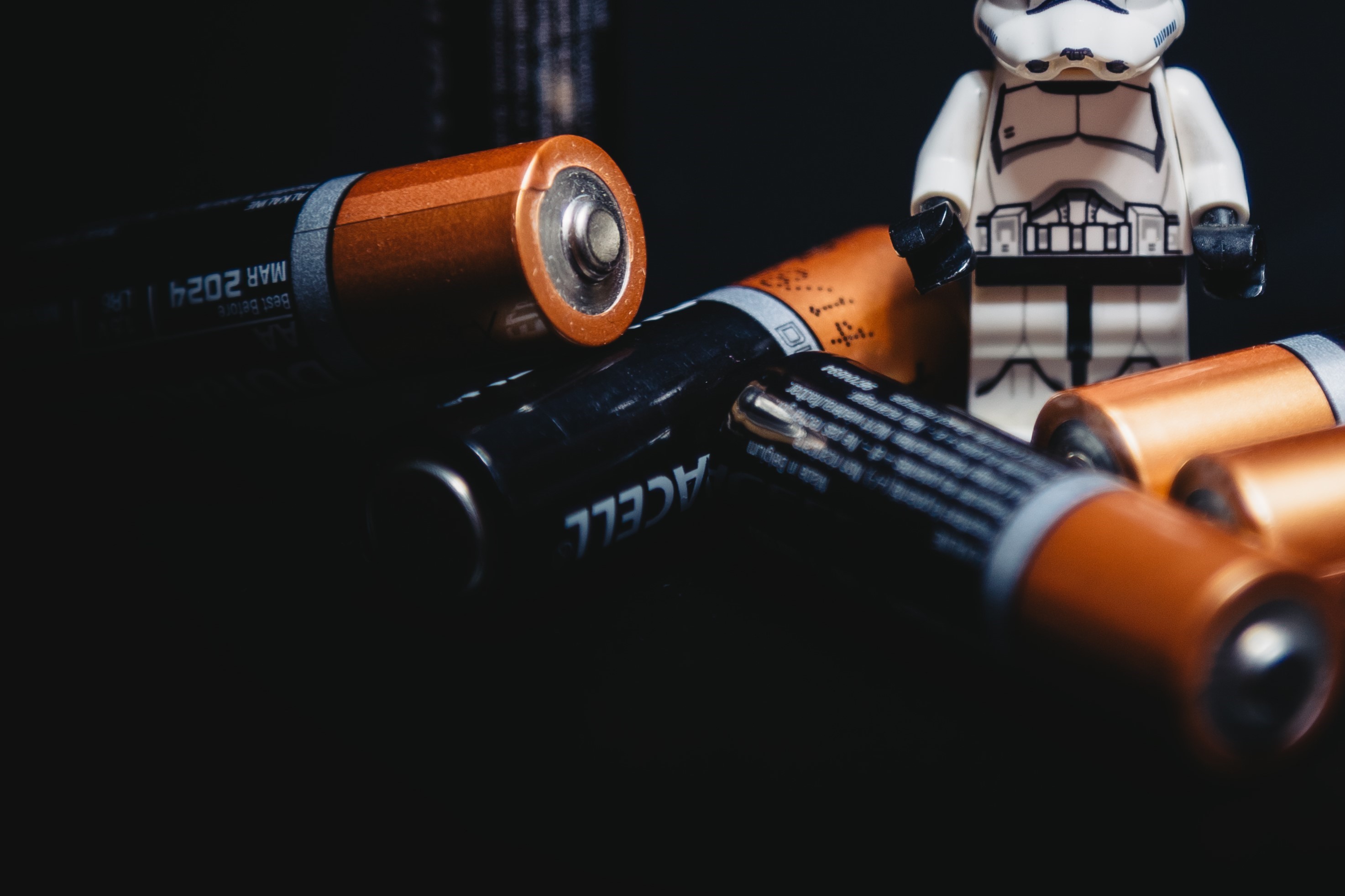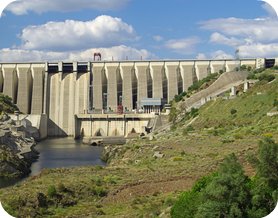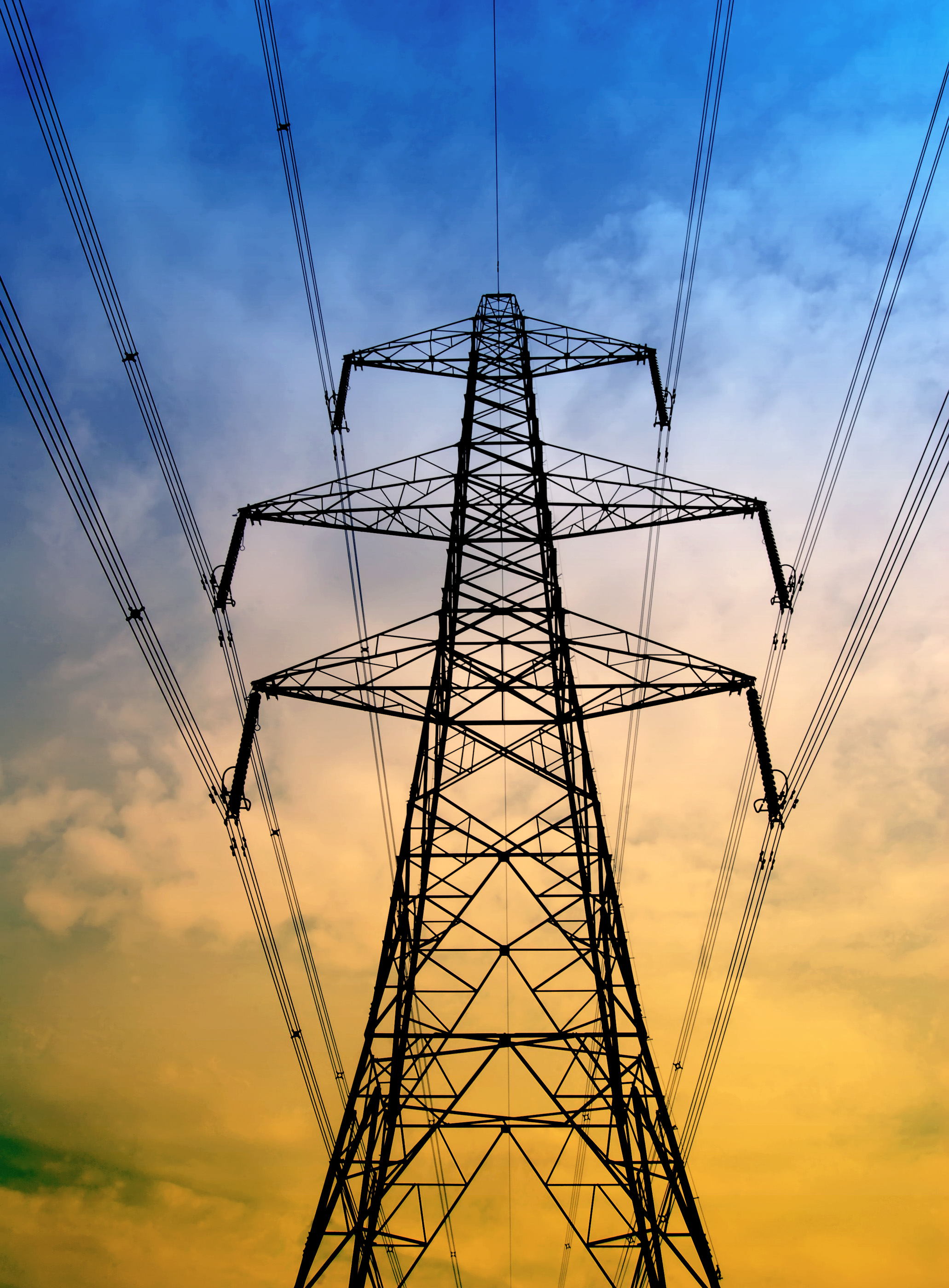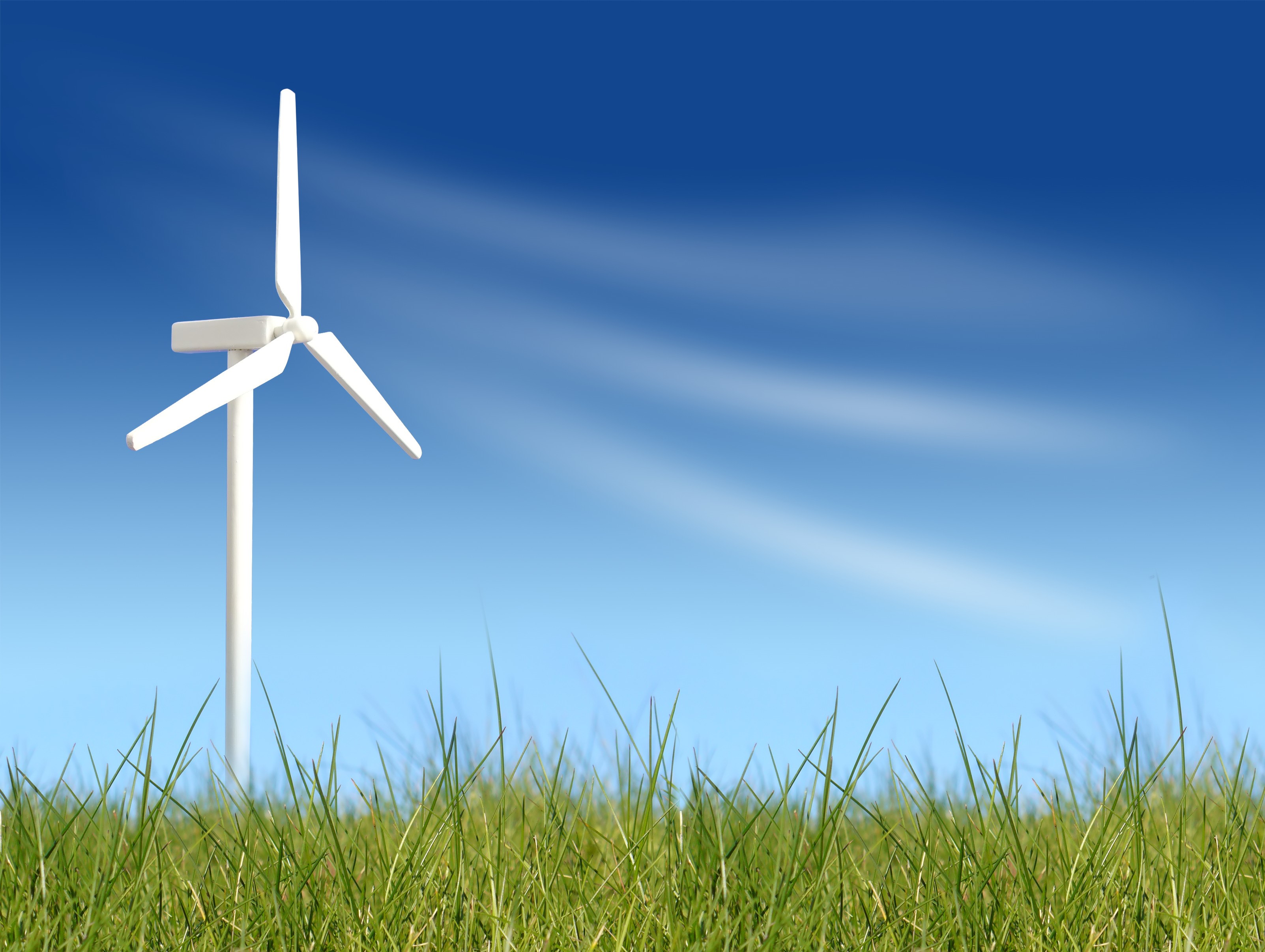Useful Energy Storage Technology Applications
Energy Storage
The use of Energy Storage has existed since prehistory, though not recognized as such. The storage of dried wood for fire, and the preserving of seeds and edible foods are examples. Then came the twentieth century with the burning of fossil fuels, generating the grids electrical power.
Today with concerns for pollution, global warming, and depletion of our natural resources, our interests have turned to renewable energies such as solar and wind. But unfortunately being intermittent power sources and with the renewable energy industry expanding, the demand for Storage grows.
Traditional coal and natural gas power plants, never operate at peak performance because when power fluctuates they have to be turned on and off, this means more pollution and more energy costs. To make sure the grid meets the everyday energy needs, technologies have been developed such as advanced batteries, magnetic flywheels, pumped hydro-power, and compressed air storage.
Methods
Electrochemical/ Electromagnetic
Solid State batteries-Lithium ION (LI-ion), Sodium Sulphur (NAS) batteries, Nickel-Cadmium (NI-CD) batteries are devices that convert stored chemical energy into electrical energy. The Flow Batteries which are rechargeable have one big advantage and that is that they can almost recharge instantly, and being very similar to both a fuel cell and a battery they can recharge within their own system.
Super capacitors have specific energy and they have energy densities of about 10% of batteries, their power density is 10 to 100 times greater and will tolerate many more charges and discharge cycles than batteries. Markets and applications are steadily increasing due to their high power, long cycle life, and good reliability along with other characteristics.

Mechanical
Flywheels
Flywheels are rotating mechanical devices, (sometimes described as mechanical batteries) that converts and stores rotational energy for when it is needed. They are heavy shaft-mounted discs with a spinning mass in their centers that speeds up when driven by a motor. When power is needed the spinning force produces electricity in a matter of seconds, supplying uninterrupted power to the grid.
Compressed Air
Compressed air is electrical energy that has been converted and stored in underground reservoirs such as disused hard rock or salt mines, for use when electricity is needed.
Pumped-Hydro-Storage
Pumped-Hydro-Storage is water stored in an upper reservoir after being pumped from a lower reservoir, waterway, or body of water. When high electricity demand grows, water is released back into the lower reservoir through a turbine, which then generates electricity, and when power demands are low, the water is pumped back to the upper reservoir. Reversible pump-turbine/motor-generator assemblies act as both pump, and turbine.
Conventional Hydroelectric dams which have upper reservoirs of incoming water from streams or rivers can store water during low energy demand periods, and release that water when the demand is higher. They work the same as pumped storage, except there is no pumping losses due to the natural filling up of its reservoirs.

Thermal
Thermal Energy Storage uses many different technologies to achieve reserved energy produced in the form of heat or cold to be used hours, days, or months later. Acting very much like a coffee thermos or a cooler, it is very effective at capturing and storing energy temporarily and using that energy when needed.
Some of the technologies include, Solar Energy Storage, Molten Salt Technology, Seasonal Thermal Energy Storage, and Pumped Heat Electrical Storage (PHES).
Chemical
Hydrogen Storage
Hydrogen Storage involves hydrogen being produced, then compressed or liquefied and stored at very low temperatures, then converted back to electrical power or heat. As a high energy density fuel it has an advantage over pumped water storage and batteries.
Benefits

Some of the benefits of Energy Storage will be to play an important role in meeting challenges that will improve the operating capabilities of the grid by lowering the costs, and insuring high reliability. Being able to provide backup power, and having grid stabilization services can be an asset in time of emergencies.
More Info go to Alternative Energies and also to Energy-storage technologies


